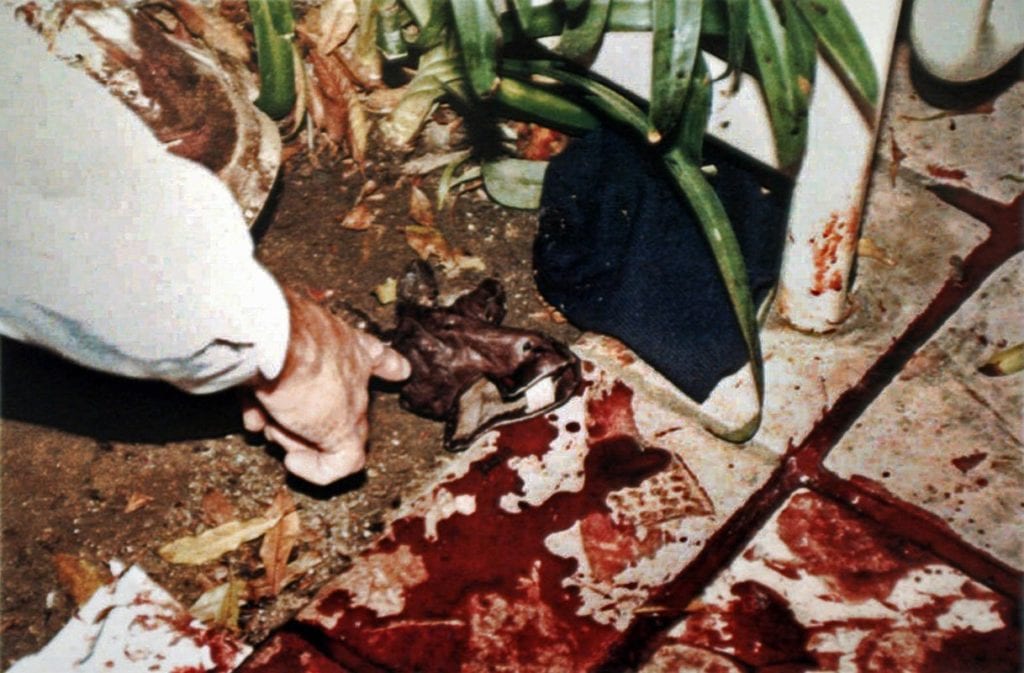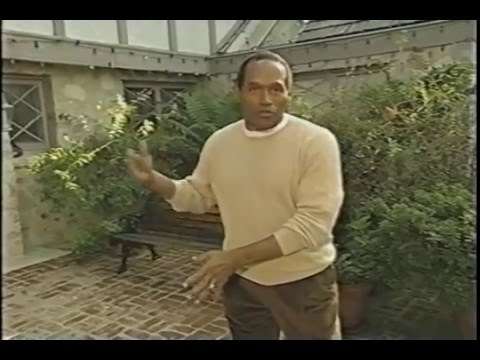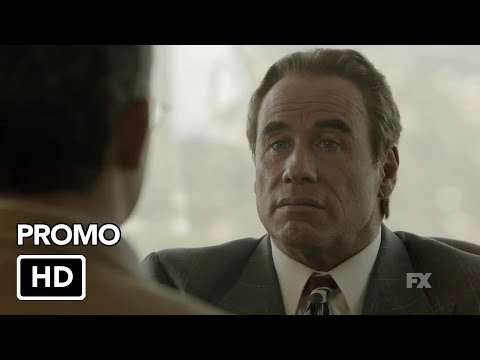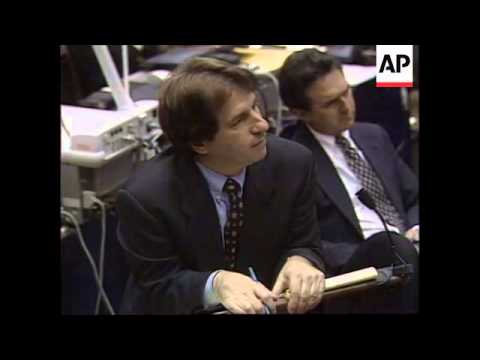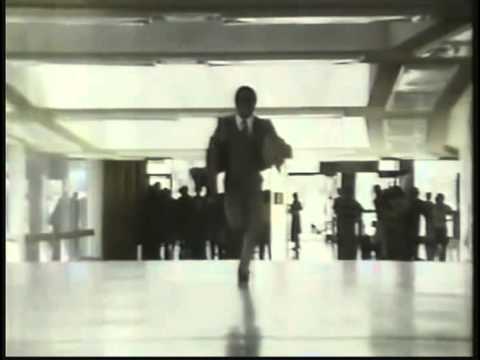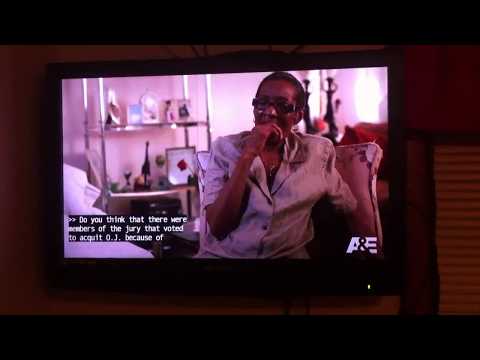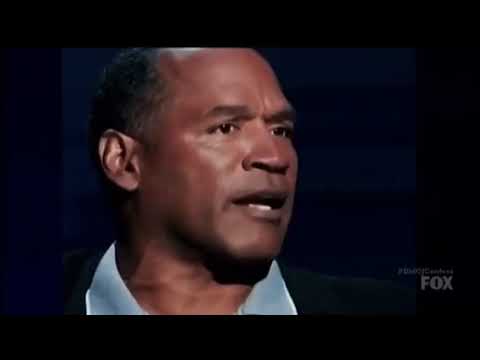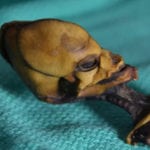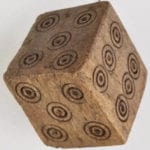Here are ten fascinating facts from the trial of the (20th) century. 10 Creepy Images From American Courtrooms [Disturbing]
10 The Murders Were Both Exceptionally Brutal
Lost in the shock of a near-universally liked celebrity standing trial for double murder was the extraordinary brutality of both homicides, which were a cut above most blade-inflicted killings. For starters, the assailant likely knocked out Nicole Brown-Simpson, either with his fist or the knife handle. The blow left a deep bruise to the right side of her head; medical examiners[1] surmise this was why the ensuing four stab wounds to her neck were so close-set – an indication she was at best semi-conscious and therefore gave little struggle. Those four wounds were fatal, but the killer wasn’t done. As Brown-Simpson lay face down on the ground, the killer lifted her head by the hair, from behind, and sliced her throat so violently that she was nearly decapitated.[2] Whether or not this final wound was inflicted before or after the killer attacked Ronald Goldman is unclear. What is clear is Goldman received the same level of “overkill” experts took as a sign the aggressor was furious with rage. The killer backed Goldman into a corner of the front yard enclosed by a high gate – a literal death trap. Per the autopsy report,[3] Goldman fought valiantly for his life, evidenced by several defensive wounds to his hands and arms. In all, he was stabbed more than TWO DOZEN times – including the chest, abdomen, thigh and head. The official cause of death was a loss of blood that would have occurred with even half the number of wounds inflicted. The result was so ghastly that one juror fled the room when showed the autopsy photos.
9 Must-See TV
A key reason the OJ Simpson trial became such an all-permeating obsession in mid-90s America is that it occurred in a state, California, which allowed trials to be broadcast live. Coincidentally, a new TV station called Court TV had recently been founded, and the ratings were so off the charts that the nation’s largest television networks each began carrying the trial in lieu of popular daytime soap operas. Ultimately, the trial’s verdict became the single highest-rated event in television history[4] up to that time. There’s also the bizarre anomaly of the infamous slow-speed car chase in the hours preceding OJ’s arrest. It just happened to coincide – and persistently interrupt – one of the most jam-packed days the US sports calendar has ever seen. For one, there was this tiny little event called the opening ceremony and first games of the World Cup, which the US was hosting for the first time. In basketball, the New York Knicks and Houston Rockets were playing Game 5 of the NBA Finals – leaving news stations across the country agonizing over whether to cut into the game for live chopper coverage of the chase. The day also marked the last US Open for Arnold Palmer, arguably the greatest golfer ever. Caught on a hot mic, an announcer broadcasting the event quipped “Did you hear OJ Simpson is at the US Open? He’s already got two under.” Ouch. An incredible documentary showcasing the day’s whiplash-inspiring events was produced by sports network ESPN, simply titled “June 17, 1994”.[5]
8 The Blackening of Orenthal James Simpson
OJ Simpson – “Juice,” as he became known – was not exactly the Jackie Robinson of his generation. Simpson lived in Los Angeles’ posh, lily-white Brentwood neighborhood. His ex-wife was white (obviously), as was his closest friend Robert Kardashian – whose kids, Kim, Chloe and Courtney, all called Simpson Uncle Juice.[6] Many black folks thought Simpson was an Uncle Tom,[7] a black person who ignored his roots. That all changed when he was arrested, starting with arguably the most prominent news outlet in the US. In its first issue following OJ’s arrest, Time Magazine published Simpson’s mugshot on its cover. Based on a similar photo published in rival Newsweek, it became evident that Time had made Simpson several shades darker[8] than his actual skin tone. That’s not all. During the trial, the jury was taken on an excursion to see Simpson’s home. Before they arrived, the defense team – per its emerging narrative of racial bias by police – performed the opposite of a whitewashing on the estate. They replaced photos of OJ with white friends with black family members and fellow former athletes, and allegedly even borrowed African art from lead attorney Johnny Cochran’s collection. Defense team attorney Carl Douglas jokingly acknowledged that the only reason they didn’t replace all the photos of OJ with white people was because “the whole house would have been gone”.[9]
7 Marcia, Marcia, Marcia!
Overnight, public prosecutor Marcia (pronounced Marsha) Clark became one of the most famous people in the country – and one pitted against the most talented, high-priced team of defense attorneys ever assembled, no less. Espousing a tough no-nonsense demeanor befitting her job description, Clark didn’t seek the spotlight, and certainly didn’t revel in it. From the start, sensationalist tabloids and celeb shows like Entertainment Tonight poked fun and dug for dirt. Everything from her failed romances and parenting style to her conservative, shoulder-padded wardrobe was delved into and dissected. Her hair was a go-to topic. Initially teased for her simple, straight cut, Clark then got a makeover that included a curly, unflattering do that made her the poster woman for fashion faux pas.[10] The media had a field day, with cover-story headlines such as “Hair-Raising Salon Disaster,” “Marcia Hair Verdict: GUILTY,” and “Curls of Horror.” And then, the coup de gras: the inevitable nude pic. Clark’s ex-husband, Gabriel Horowitz, sold photos of the then-couple on a topless beach[11] to the National Enquirer. The incessant, sexist attention nearly gave Clark a nervous breakdown during the trial. But despite actress Sarah Paulson’s Emmy-winning portrayal in The People vs. OJ Simpson: American Crime Story, Clark never cried in court.[12]
6 Big-time Blunder #1: Mark “Der Fuhrer” Fuhrman
Headed up by Lead Prosecutor Marcia Clark and co-prosecutor Christopher Darden, the team tasked with convicting OJ Simpson made two of the highest-profile errors in courtroom history. The first mistake was Mark Fuhrman, an LA police officer who had found the infamous bloody glove at Simpson’s house in the hours following the double murder. Despite having a record as a good cop, Fuhrman also had a record as a racist. Darden, who is black, warned Clark not to have Fuhrman testify – that they had plenty of evidence without him. But despite a lengthy piece[13] (written, coincidentally, by legal expert and Zoom masturbation enthusiast Jeffrey Toobin)[14] alleging Fuhrman’s anti-black sentiments published pre-trial, Clark steamed forward. With Fuhrman on the stand, the defense asked him whether he’d ever said the word “n*gger” in the last ten years. Fuhrman vigorously denied it. On September 5, the defense produced multiple witnesses – and even, amazingly, audiotapes – that proved otherwise. The defense not only had its racist cop, but had a racist cop committing perjury. The defense recalled Fuhrman to the stand and asked whether his previous testimony was truthful… at which point Fuhrman exercised his Fifth Amendment privilege not to incriminate himself. For many, it was validation of the defense’s running narrative of a racist police force framing a black defendant. Following the trial, a perjury charge was brough against Fuhrman, to which he pleaded no contest. Top 10 American Conspiracy Theories That Are Completely Bonkers
5 Big-time Blunder #2: The Gloves Gambit
The second enormous error was Chris Darden’s doing, one that Marcia Clark urged strongly against committing: having Simpson try on the notorious blood-stained gloves found at his property. At first glance, Darden’s decision may seem sound. The prosecution had information suggesting Nicole Brown-Simpson bought the gloves for her then-husband OJ in 1990, at an upscale department store. The designer gloves were so chic that only about 300 pairs[15] matching the color and size – brown, extra-large – were available there. Still, several factors pointed to the stupidity of having Simpson try them on in front of jurors. For one, Simpson was a huge man with huge hands – after all, he’d been a Hall-of-Fame American football running back. Even size XL gloves are likely to be snug, at best, on someone that large. Second, the gloves were blood evidence, meaning OJ had to wear plastic medical-style gloves to try them on. Such material creates friction, making it harder to put an already-snug layer atop it – especially when the person has a vested interest in NOT accomplishing that task. That segues into the third reason: a reasonably gifted actor who’d appeared in commercials and movies, Simpson was skilled enough to PRETEND he was honestly trying to get the gloves on, albeit unsuccessfully. And that led to perhaps the most memorable closing argument line ever. “Those gloves didn’t fit,” remarked lead defense attorney Johnny Cochran. “And if it doesn’t fit… you must acquit.”[16]
4 DNA=WTF
For many, the Simpson trial represented the first in-depth exposure to the then-nascent crime science of DNA analysis. Though it was first used in court in the mid-1980s, few were familiar with its intricacies – and how exacting it can be in pointing to someone’s innocence or guilt. It was against that landscape the prosecution’s forensics experts reported that less than one person in 170 million[17] has the genetic characteristics of a blood drop found near the bodies of Brown-Simpson and Goldman… and that OJ Simpson was one of those people. Considering the world’s population in 1994 – 5.6 billion – that meant OJ was, scientifically, one of less than two dozen people on the entire planet whose DNA matched the crime scene. DNA was crucial for the prosecution’s case, as the murders had no eyewitnesses. In all, 108 DNA exhibits, including 61 drops of blood, were presented incriminating Simpson. Nicole’s blood was on not only the infamous gloves but a sock at OJ’s home; Goldman’s was found in OJ’s truck. Infallible, right? Wrong. The defense launched a scorched earth campaign to delegitimize the seemingly ironclad DNA evidence as “compromised, contaminated, corrupted:[18] compromised during collection, contaminated during processing and, in at least three instances, corrupted by racist cops intentionally planting evidence to frame the black defendant. Suffice to say they succeeded in casting reasonable doubt among jurors, if not the millions watching on TV.
3 Jury Fury
Jurors for the OJ Simpson trial were sequestered for an ungodly 265 days. To prevent media bias penetration, those eight-plus months were spent holed up in a hotel with the televisions removed and newspaper service suspended. Entertainment options – sitcom reruns, old magazines – were strictly pre-screened, and contact with family and friends severely limited. And then the dismissals started. In persistent, often brazenly transparent attempts to remove jurors they thought likely to rule against them, both the prosecution and defense engaged in ongoing efforts to disqualify jurors for any number of minute reasons. This whittling down process is common in the pre-trials stage, but these were occurring throughout the proceedings. The reasons were varied, and at times weird. Three hadn’t disclosed prior experience with domestic violence – a key to the prosecution’s narrative of Simpson as a textbook wife-beater. One was a Hertz Rental Car employee and had met Simpson years ago, when the star football player moonlighted as a commercial spokesperson. Another, a 26-year-old flight attendant, simply broke down in the judge’s chamber and begged to be sent home. In all, 10 jurors were dismissed.[19] By the trial’s closing statements, only two alternate jurors remained unseated. This left Judge Lance Ito perilously close to declaring a mistrial, which would have started the whole circus again from scratch.
2 Payback
Two years before the double murder, another high-profile court case captivated both Los Angeles and the country: the trial of four police officers in the beating of Rodney King. After being pulled over on suspicion of driving while intoxicated, King was repeatedly clubbed with nightsticks by four white officers. Captured on video,[20] the March 1991 incident circulated on news broadcasts across the country, and is considered among the first “viral” footage of racist law enforcement practices. In April of 1992, all four officers were acquitted of assault, and only one found to have used excessive force. The verdict sparked widespread riots[21] that left 64 dead, hundreds of burned buildings and large-scale looting. It is against this landscape that, just three years later, the OJ Simpson trial drew to its conclusion. With two white people dead and a famous black person on trial, the case divided both Los Angelenos and Americans sharply along racial lines. Reflective of LA’s diversity, several black jurors were seated on the trial. We all know the result: after deliberating for just a few hours over a trial that lasted nearly a year, Simpson was found not guilty on both counts of murder. One juror freely admitted that her not guilty vote was “payback” for the Rodney King case, and believes that most of her fellow jurors felt similarly. One even gave Simpson a raised fist Black Power salute[22] following the verdict.
1 (If) He Did It
First-person literary journalism or alt-history fiction? A book co-authored by OJ Simpson more than a decade after the trial leaves readers guessing in one of the most disturbing – and to many, offensive – books in recent memory. In “if I Did It,” Simpson pens a detailed, gruesome and supposedly hypothetical account of the double murder. Eerily, the book’s cover[23] shows the last three words – “I Did It” – in large, blood-red block letters with the first word – “If” – barely visible. The book includes a detailed, first-person narration of the night in question,[24] in which Simpson claims the knife-brandishing excursion to his ex-wife’s house was intended to scare rather than slaughter, and that events escalated unintentionally. Newsweek’s book review said it employs “the classic language of a wife abuser.” A key reason for the book’s confession-esque title was Simpson’s financial troubles. Despite being acquitted in the criminal trial, a subsequent civil suit found Simpson liable for the murders. So although he couldn’t be incarcerated, he was on the hook for more than $33 million.[25] Simpson couldn’t pay it so, in August 2007, a bankruptcy court awarded the publishing rights to Ronald Goldman’s family, who saw to it that the title and cover art reflected their firm belief in Simpson’s guilt. Top 10 Misconceptions About Famous Crimes And Trials Read More: Twitter Website
